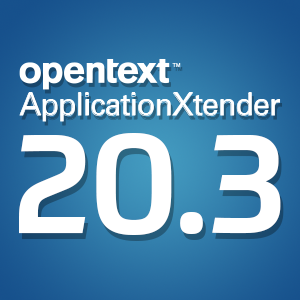Report gauges federal agencies’ information management
Thursday, September 5, 2013Every year, federal agencies are required to look at their information management efforts with a critical eye and submit the results of these mandatory self-assessments to the National Archives and Records Administration (NARA). Specifically, agencies are asked to evaluate their records management programs in terms of activities, oversight and compliance, records disposition and electronic records. The administration then collates the data and presents it in an all-encompassing Records Management Self-Assessment Report.
The recently released 2012 report was the fourth of its kind. It incorporated feedback from 241 agencies, 85 percent of the 281 contacted by NARA, each of which was assigned a risk category of low, moderate or high based on its responses. Overall, documentation quality was found to have improved since the previous year, with the quality of records supporting training and permanent records transfers enjoying a particularly notable uptick. However, documentation tracking progress toward records management program performance goals was found to be lacking across the board.
The most populous category was that of moderate risk, with 44 percent of agencies falling into that bucket, while two out of every 10 agencies were seen to be low-risk. Worryingly, more than one-third (36 percent) of agencies were classified as high-risk, indicating that their compliance with federal document management regulations and policies left much to be desired.
Where do agencies go from here?
In order to combat confusion about internal controls, NARA urged senior agency officials (SAOs) to step up to the plate. "SAOs must take the responsibility to ensure that all parts of their agency understand the importance of effective records and information management in meeting mission needs," the administration wrote in its report, also calling upon SAOs to ensure adherence to existing records management governance and deploy the necessary resources to make certain said compliance is achieved.
That said, NARA did not place the onus for engendering improvement on SAOs alone. The administration itself plans to "develop updated format guidance for permanent electronic
records and the management of email records, explore and stimulate automated approaches for managing digital record content (email, social media), and identify solutions and requirements
for cloud-based records management and storage," according to the report.
As the government continues to progress toward fully streamlined business process automation, agencies that comply with records management initiatives are optimally positioning themselves for the same time and money savings enjoyed by companies in the private sector that have deployed similar programs.




